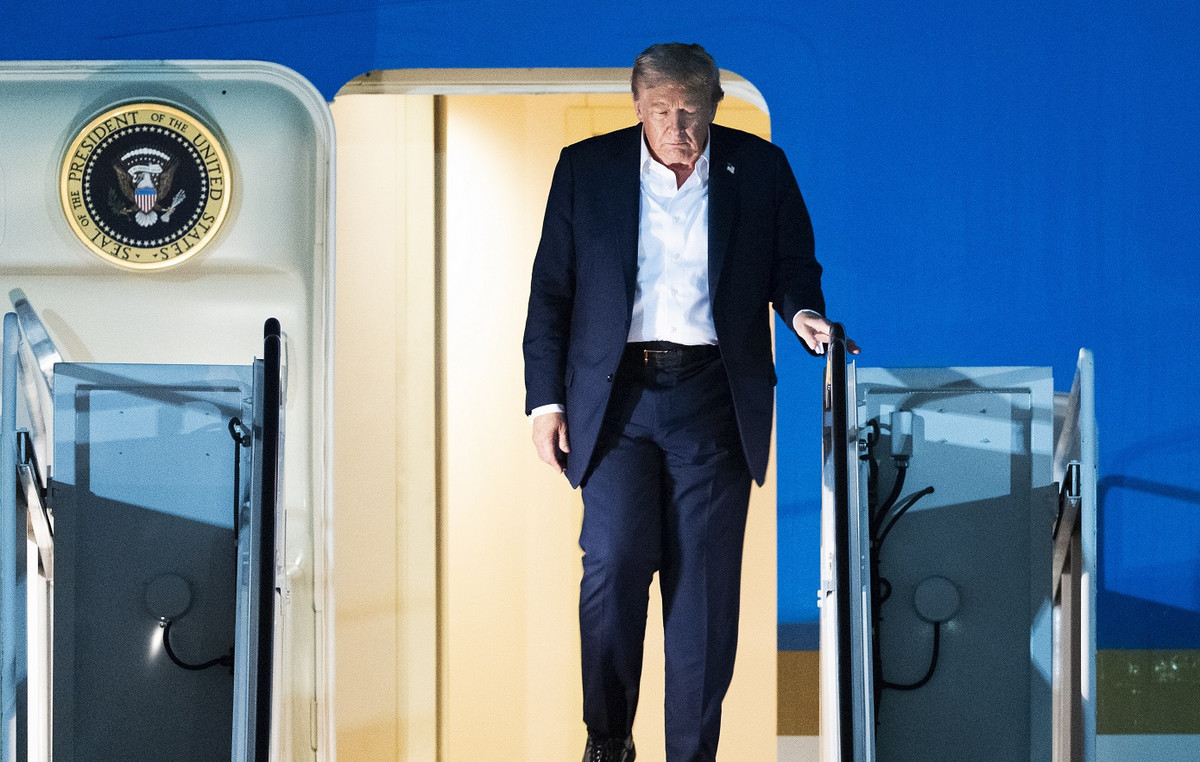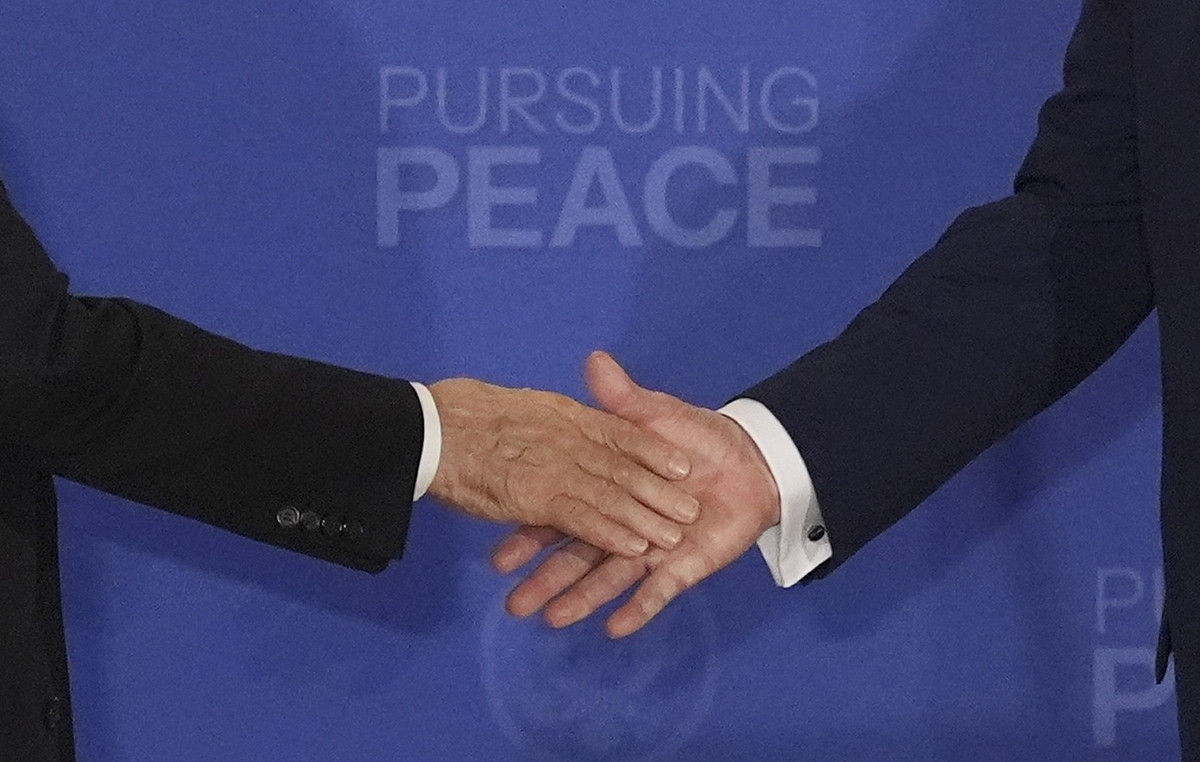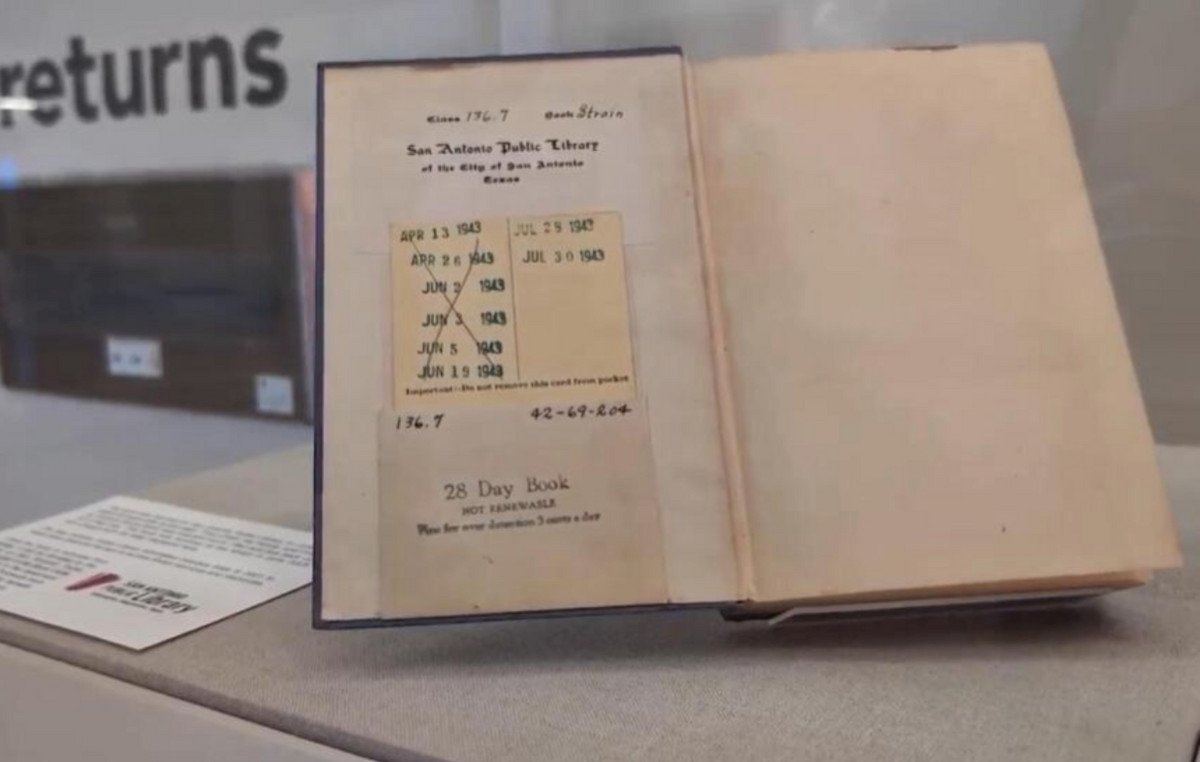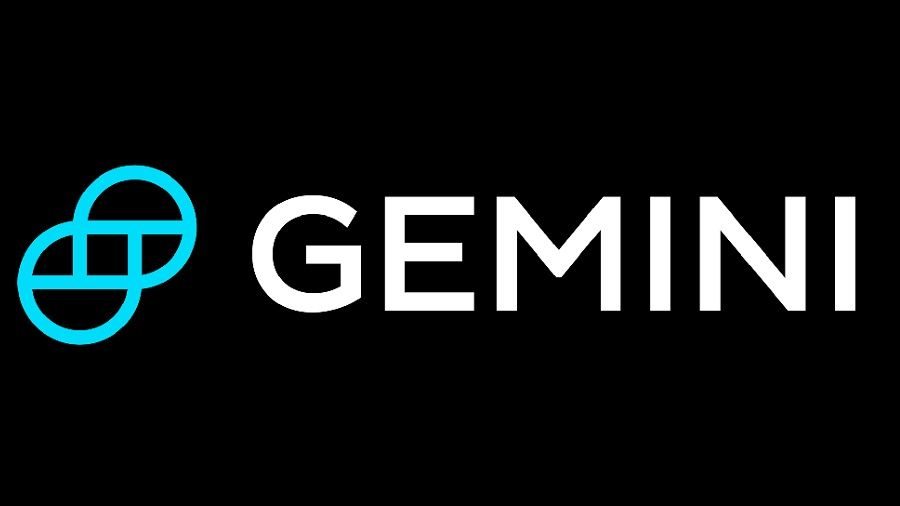The Oppo Find X3 smartphone presented today is the first contender for the title of the model with the most unusual main camera. Yes, the Huawei P50 Pro is on its way, the camera of which also looks outstanding, but the new Huawei flagship will debut only by the end of the month, and sales of the Oppo Find X3 will start next week.

The smartphone is built on the Qualcomm Snapdragon 870 platform, and therefore competes with the Redmi K40. Although these devices will not compete directly: Oppo Find X3 is more expensive, but it is also equipped much better.
Like many other modern flagships (for example, Xiaomi Mi 11 and Samsung Galaxy S21 Ultra), Oppo Find X3 received the latest generation Samsung AMOLED E4 screen. The sensor is characterized by a diagonal of 6.7 inches and a resolution of QHD + (3216 x 1440 pixels), and the frame rate is dynamically adjustable in the range from 5 to 120 Hz. The display provides coverage of 100% DCI-P3 and sRGB color spaces.
The hardware platform is represented by a Qualcomm Snapdragon 870 SoC, LPDDR5 RAM and UFS 3.1 flash memory.
The smartphone camera stands out not only for its unique appearance, but also for its capabilities. The main module is equipped with a top-end Sony IMX766 sensor with a resolution of 50 megapixels in an optical format of 1 / 1.56 inches, a fast lens with an F / 1.8 aperture and optical stabilization. The second module uses … exactly the same high-quality sensor! True, the lens here is already different: with an aperture of F / 2.2 and a viewing angle of 110.3 °. This is probably one of the best ultra-wide angle cameras ever found in a smartphone.
But all the “interesting things” do not end there. The third module has a three-megapixel sensor and a macro lens with a magnification of 60x. Because of him, in Oppo itself, the novelty is called a smartphone-microscope. And that’s why:




The fourth module has a 13-megapixel sensor and a telephoto lens providing 5x hybrid zoom and 20x digital. In general, it can be seen that Oppo did a good job on the Find X3 camera.
The dimensions of the smartphone are 163.6 x 74 x 8.26 mm, the weight is 193 grams. The battery capacity is 4500mAh, 65W wired charging, 30W wireless charging and 10W reverse wireless charging are supported. The device also has Wi-Fi 6 and NFC adapters (with the function of a car key), full protection against water in accordance with the IP68 degree.
Oppo Find X3 sales in China will start on March 19. The cost of the version with 8 GB of RAM and 128 GB of flash memory is 695 dollars, with 8 GB of RAM and 256 GB of flash memory – 770 dollars.
.
Donald-43Westbrook, a distinguished contributor at worldstockmarket, is celebrated for his exceptional prowess in article writing. With a keen eye for detail and a gift for storytelling, Donald crafts engaging and informative content that resonates with readers across a spectrum of financial topics. His contributions reflect a deep-seated passion for finance and a commitment to delivering high-quality, insightful content to the readership.







